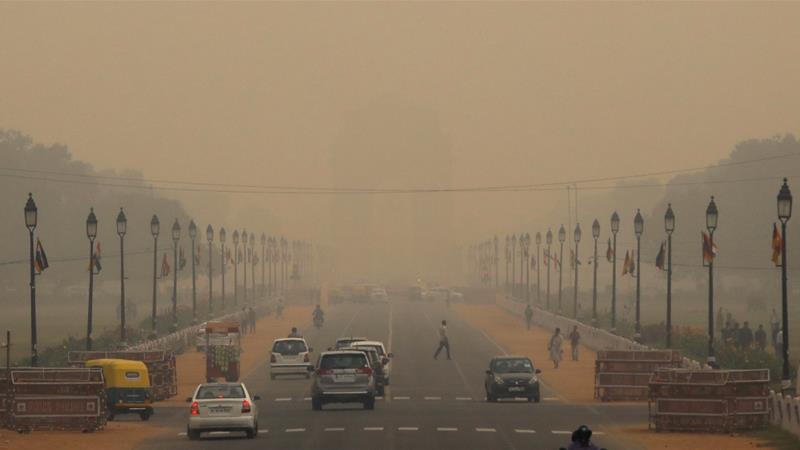What is Air Quality Index and how is it calculated?

What is Air Quality Index?
The National Air Quality Index (AQI) in India was launched on 17 September 2014 in New Delhi under the Swachh Bharat Abhiyan by the Environment Minister Shri PrakashJavadekar. The air quality index is composed of 8 pollutants ((PM10, PM2.5, NO2, SO2, CO, O3, NH3, and Pb).
The Air Quality Index measures the quality of air. It shows the amount and types of gases dissolved in the air. There are 6 categories of the air have been created in this air quality index.
These categories are based on air quality. These categories are; good, satisfactory, moderate, poor, very poor and severe.
As the air quality deteriorates, so does the ranking of air from good to bad then very poor to severe.
Air pollution means the amount of Sulfur Dioxide (SO2), Nitrogen Dioxide (NO2), and Carbon Monoxide (CO) in the air exceeds the criteria set by the World Health Organization (WHO).

AQI colors
The Environmental Protection Agency (EPA) has assigned a specific color to each AQI category to make it easier for people to understand quickly whether air pollution is reaching unhealthy levels in their communities. For example, the color orange means that conditions are “unhealthy for sensitive groups,” while red means that conditions may be “unhealthy for everyone,” and so on.









